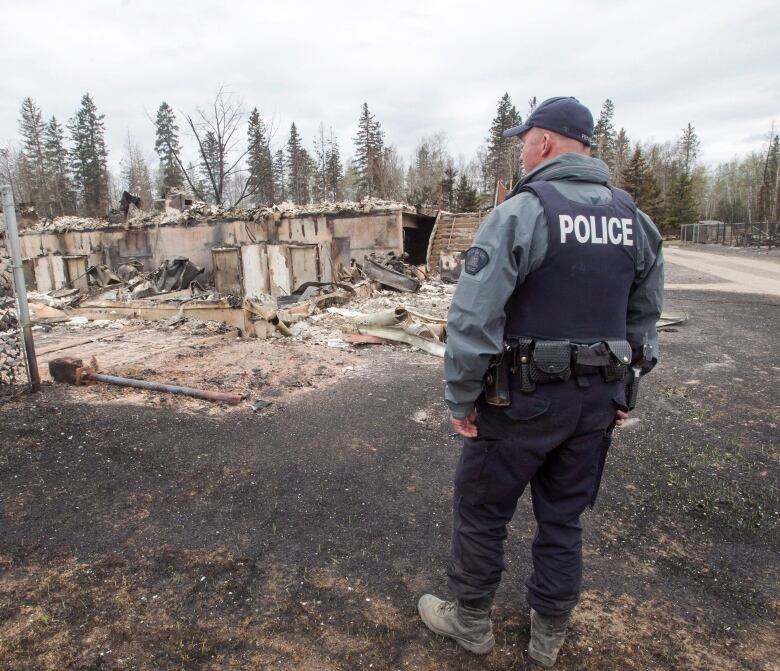$5.3B to be spent rebuilding Fort McMurray, boosting GDP, Conference Board says
Insurance payouts to fund most of rebuilding, with more money from provincial, federal governments

The Fort McMurray wildfire will shave about 0.1 per cent from Alberta's real GDP in 2016, but reconstruction efforts will reverse that trend over the next few years, according to a Conference Board of Canada report released Tuesday.
The costliest natural disaster in Canadian history will result in $5.3-billion being injected into the province, with the bulk of those funds approximately $3.6-billion coming from insurance payouts.
The new cash is expected to go toward everything from residential reconstruction to appliance replacements, and will contribute to a 0.4 per cent boost in real GDP in 2017, a 0.2 per cent increase in 2018 and a 0.1 per cent increase in 2019, the report says.
- Reports predict wildfire won't devastate economy
- 11 jaw-dropping videos of the Fort McMurray wildfire
But the report warns that "the funds put toward replacing lost capital will leave the provincial and federal governments with more debt, and the insurance industry with the challenge of absorbing what has become the costliest natural disaster in Canadian history."
It also notes that the "true cost" of the disaster is its "effect on people's lives and livelihoods."
Oilsands shutdown cost revenues, income tax
The Fort McMurray wildfire tore through the region in early May, forcing the evacuation of 88,000 people from the oilsands capital. Oilsands production was brought to a halt. Those shutdowns cut production by 47 million barrels, worth about $1.4 billion in revenues, according to the Conference Board of Canada report.
Those losses not only affect companies but also corporate income tax collection on both the provincial and federal levels, and will not be recouped even as other industries ramp up during the rebuild.
The report indicates that Alberta's projected 2016 GDP took a 0.5 per cent hit due to oilsands production disruptions, the equivalent of about 0.1 per cent of Canada's real GDP.

"The Beast," as the fire was dubbed, destroyed almost 2,000 residential structures in the Regional Municipality of Wood Buffalo. The construction industry is expected to boom in the coming years, and to peak in 2017.
"Over the next few years, the rebuilding effort will add significantly to employment and economic activity in Wood Buffalo, helping to re-employ idled workers," the report states.
The conference board estimates 200 housing starts will break ground this year, with another 880 to begin in 2017. That will translate into a peak of almost 9,000 construction-related jobs next year.
"Real construction activity is bolstered by $986-million from 2016 to 2019. The biggest gain will occur in 2017 as residential construction and private and public spending on commercial structures and infrastructure peaks."
New home construction in the Regional Municipality of Wood Buffalo had fallen to 200 units in 2015, due to a continued slump in oil prices.
More costly than 2013 Alberta floods
The report notes several times that, unlike the 2013 floods in southern Alberta, most losses will be covered by insurance rather than by government.
Still, the Alberta government spent an extra $369 million on wildfire fighting costs, $195 million on the Wood Buffalo Wildfire Disaster Recovery Program, and millions on emergency funds to help cover living expenses while people were evacuated.
"In addition to what has already been spent, the Conference Board estimates that governments from all levels will spend an additional $1.2 billion on goods, services, and public infrastructure between now and 2019 to help with the cleanup and rebuilding effort, with most of the funds spent this year and next," the report states.












_(720p).jpg)


 OFFICIAL HD MUSIC VIDEO.jpg)
.jpg)



























































































